How Long Do You Have to Pay an Invoice
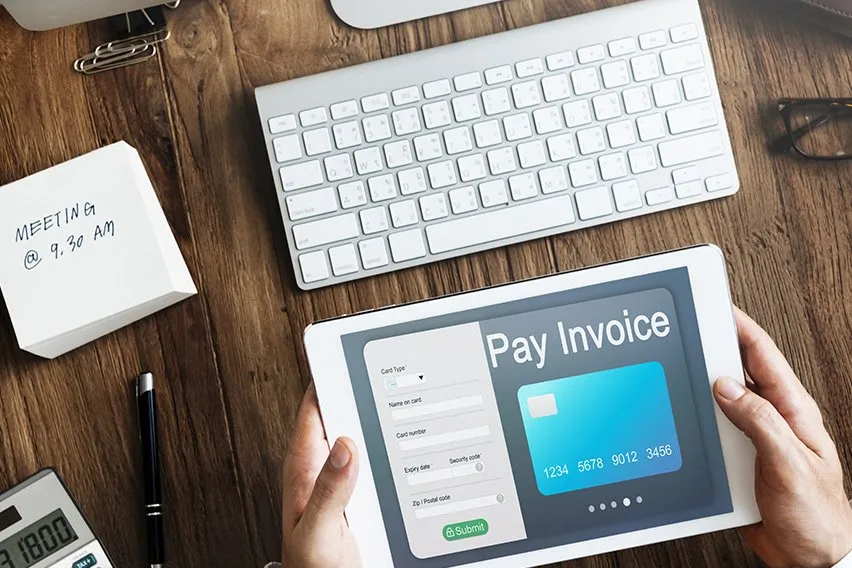
A business owner can set their own payment terms when it comes to invoicing. They can choose to offer discounts for early payments and payment upfront.
If no agreed-upon payment date has been established, a customer must pay a company within 30 days of receiving an invoice or the goods or service.
A company can use a statutory demand to formally request payment for due payments.
This article will also discuss:
Do You Get an Invoice Before or After Payment?
What Are Invoice Payment Terms?
8 Tips for Invoice and Payment Systems
Do You Get an Invoice Before or After Payment?
An invoice is a list of products sold or service provided with the amount of money owed for each item and the total amount of money owed. An invoice is sent from a company providing the good and service to the client with the expectation of being paid with a certain amount of time.
An invoice is something a company sends to their customer. When a customer receives that invoice, it becomes a bill. A bill is something must be paid by a customer. Once a customer pays their bill, the company will provide them a receipt which is a proof of payment.
An invoice comes before a payment has been, while a receipt comes after the payment has been made.
Invoice is sent by a biller → Customer receives the invoice as a bill → Payment is made → Receipt

What Are Invoice Payment Terms?
Invoice payment terms detail how a company expects to be paid from their client and might include details like:
- A payment due date for the total amount
- A list of accepted forms of payment and notices about what forms of payment you don’t accept
- Information about what currencies you deal in
- Stipulations for advances, deposits and late payment fees
- Payment plan details
Long gone are the days of paying by cheque over snail mail. Now, most business sends an invoice electronically and most payments are made online, so 30-day terms are becoming obsolete. Business owner’s who work to meet their clients’ deadlines should be able to be easily paid with a week.
8 Tips for Invoice and Payment Systems
1. List a Due Date Clearly
One of the most important things to include on your invoice is a due date for payment.
When you provide a due date on an invoice you’re providing a clear deadline for payment for a customer and gives them a clear deadline to follow. If you don’t provide a due date, you just have to hope that your customer will pay you on time.
Make sure to discuss with your customer ahead time, so they know when you expect to be paid.
You can have more effective invoicing if you have been clear up front.
2. Set Short Payment Terms
Common invoice timeframes for payment include 14 days, 30 days, 60 days and 90 days.
Typically, the standard term of payment is 30 days or less, but you can choose any amount of time for your term. Online invoicing makes paying faster and easier for customers to pay quicker.
Also Read: What Does Net 30 Mean
3. Send out Invoices Promptly
Right after you have completed a service or shipped a good to a customer, send out an invoice. This will set up a precedent for promptness and help payment owed remain on the top of your customer’s head.
Having the capabilities for customers to pay right away with mobile payments will also ensure you receive your payment quickly.
4. Know Who Should Get the Invoice
You’ll get paid faster if you know where to send your invoice.
Do you send your invoice directly to the customer or is there an accounts payable contact? Do you have the name and email of the contact within a larger organization to which to send the invoice to?
Find out this information as early in the process as possible. You should know where the invoice
is to be sent before you even start working on the customer’s request.
The more an invoice is passed around, the longer it will take to get in the hands of the person who can pay you, or even worse – an invoice could get lost.
5. Include What Payment Types Are Accepted
Ensure that your customers know what kind of payment methods are accepted early on. Make it as easy possible for a customer to pay you. The more types of payment you accept, the easier it will be for your customer to pay you.
If it is possible, accept credit cards, PayPal, ApplePay and even check. If you do accept checks, make sure you include address on your invoice so that a customer can mail you the check as soon as possible.
Plus, don’t forget about a new payment method making its way into the market – cryptocurrencies. You can get paid quickly and inexpensively using bitcoin and bitcoin alternatives.
6. Consider Automating Your Invoicing System
Make your life easier by migrating your Excel and PDFs to a cloud-based invoicing system. Using an automated invoicing system can save you time and money and help you avoid mistakes.
Once you have set up a template, it will be quick and easy for you to enter the relevant information for your invoice. You can save time setting up invoices that occur on a regular basis by setting up recurring invoices.
These software systems also send out automatic reminders for payment to your customers within a specified amount of time. This is a much easier way to chase down payments compared to manual reminds.
Automation can free up your time to focus run your business by making the invoicing process much quicker.

7. Keep a Record of Your Invoice and Payments
If you’re providing a service, make sure to track your time. If you’re providing a product, keep track of your inventory.
When you’re getting paid hourly for a service, it’s important to track your work to accurately invoice your customer. Refer to our guide on how to write an invoice for hours worked to provide your client with a detailed invoice.
There might come a time where there is a dispute about payment. In these cases, it is vital to have records to back you up. Keep track of your contracts, agreed upon payment terms and other materials you can come back to.
8. Think About Adding a Late Fee
Adding a late fee is a good way to encourage your clients to pay on time. The fee could be charged as a flat fee or a percentage.
Make sure you are clear about late fees early on in your sales process, so there is no confusion afterward. Discuss the terms of payment before you send your first invoice to your customer and include the fee in your contract.
Also, most importantly, include your fee clearly on your invoice, so that your customer moves ahead with payment as soon as possible.
Did you find this article helpful? If so, check out our article on How to Pay an Invoice, where we have explained the process in detail, along with tips that will help you pay your invoices on time.
RELATED ARTICLES

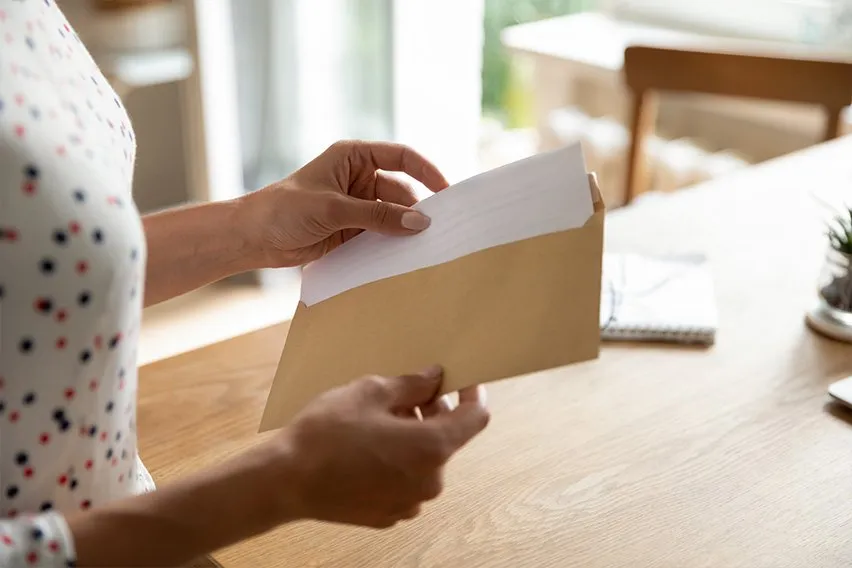 How Much Does It Cost to Send an Invoice?
How Much Does It Cost to Send an Invoice?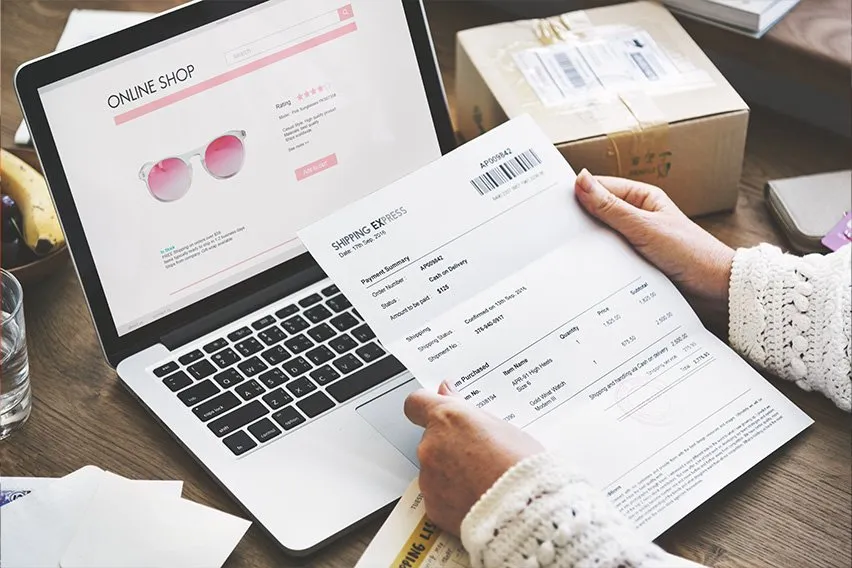 What Does Payable by Invoice Mean?
What Does Payable by Invoice Mean? How to Get Invoices Paid Faster: 10 Tips To Get Paid Faster
How to Get Invoices Paid Faster: 10 Tips To Get Paid Faster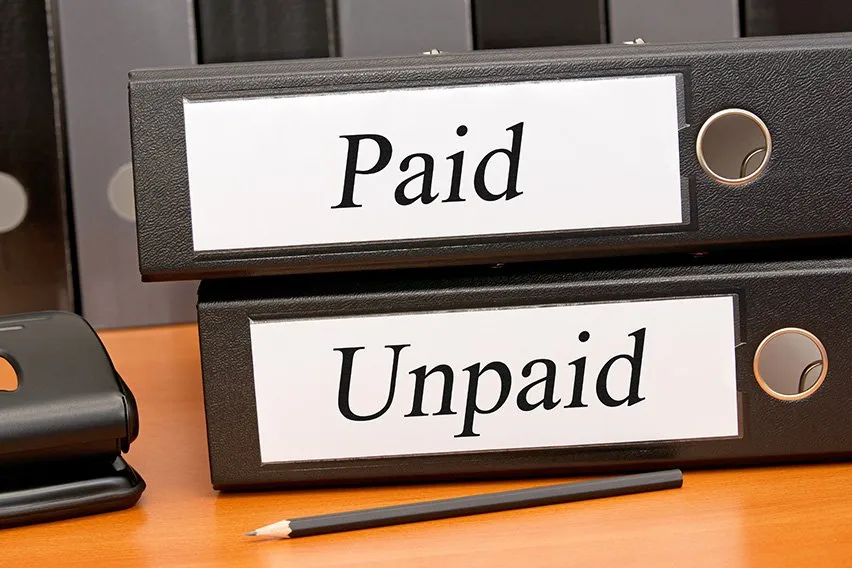 How to Keep Track of Invoices and Payments: A Guide
How to Keep Track of Invoices and Payments: A Guide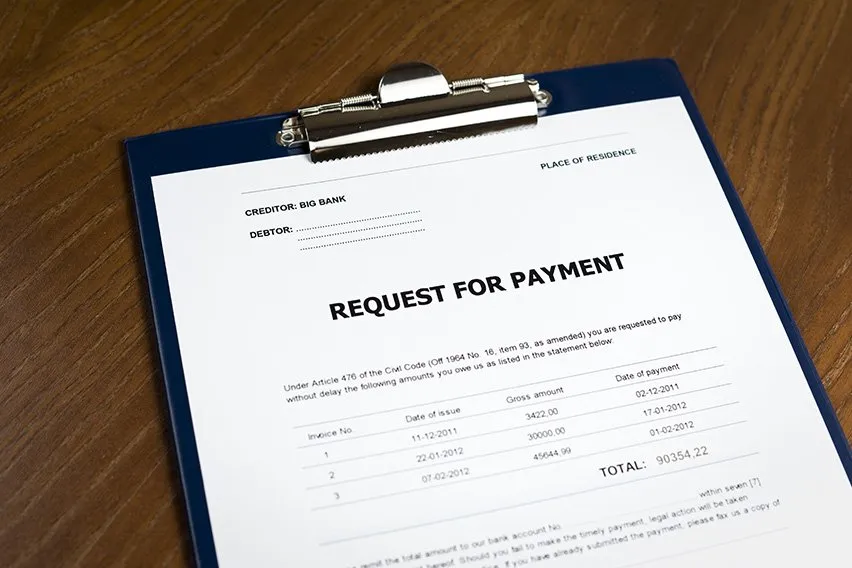 How to Ask for Payment Professionally: With Templates and Examples
How to Ask for Payment Professionally: With Templates and Examples